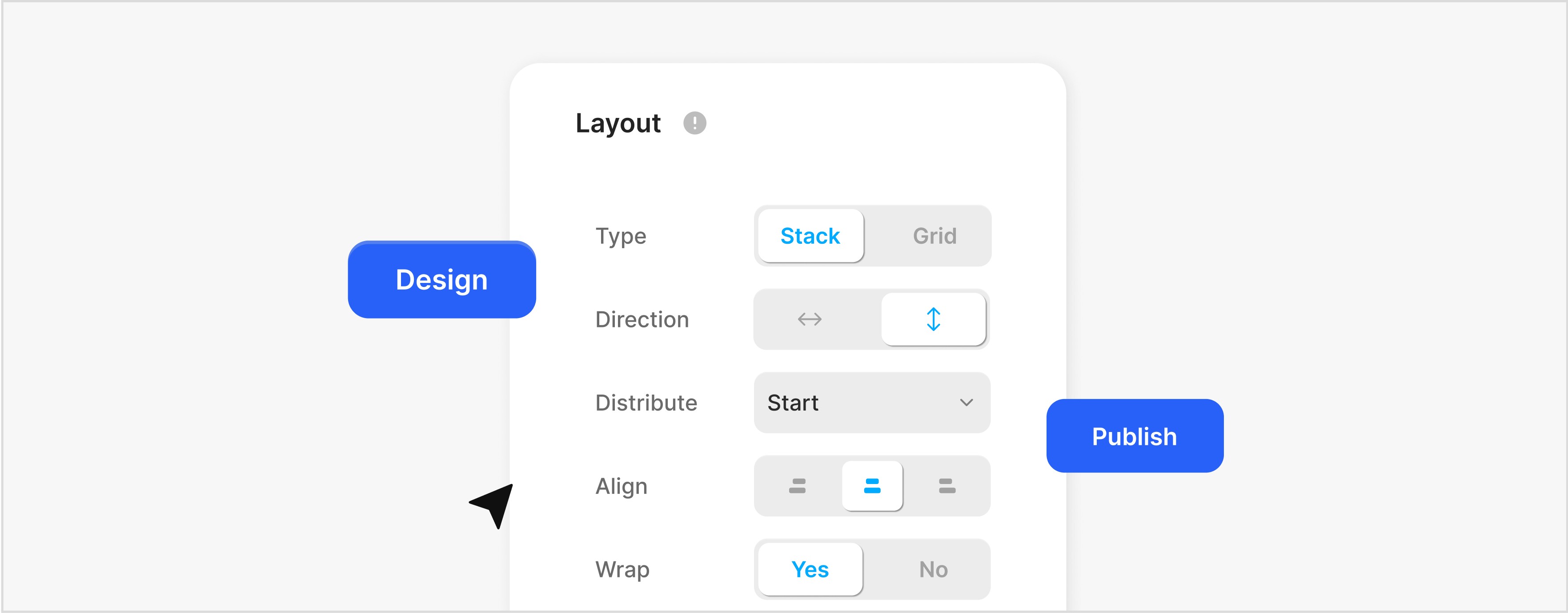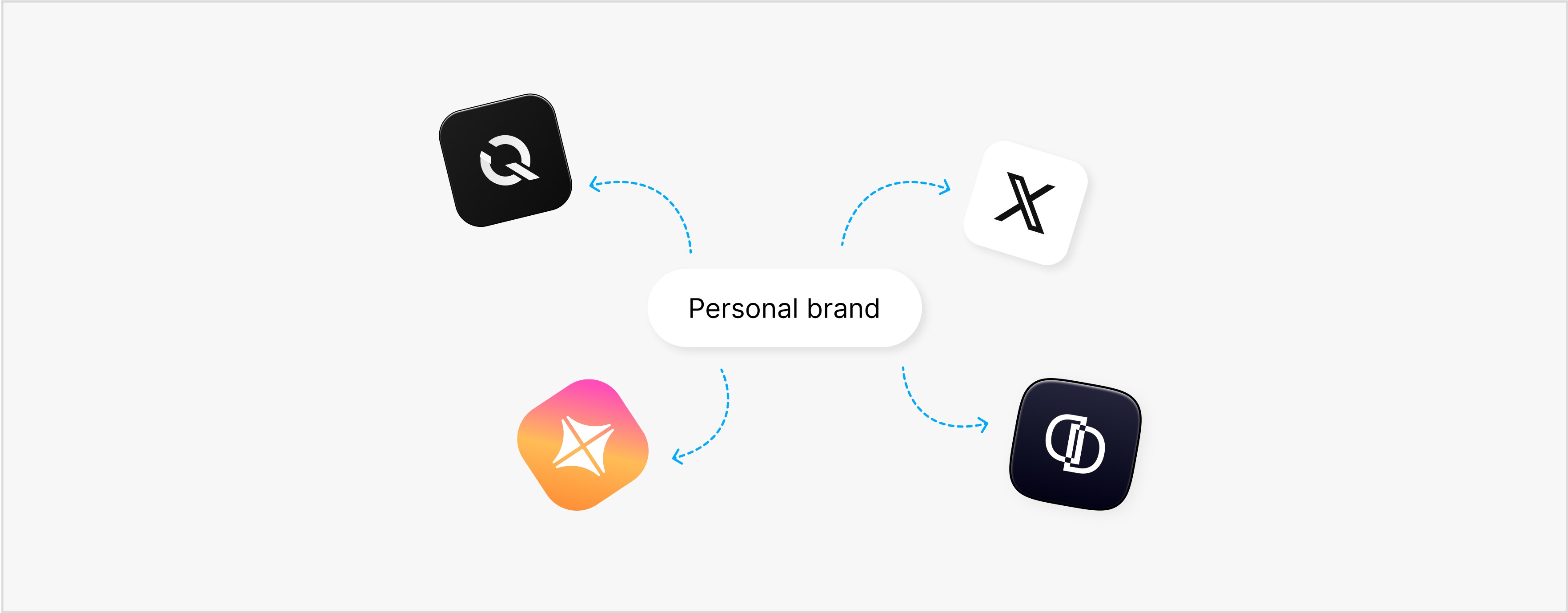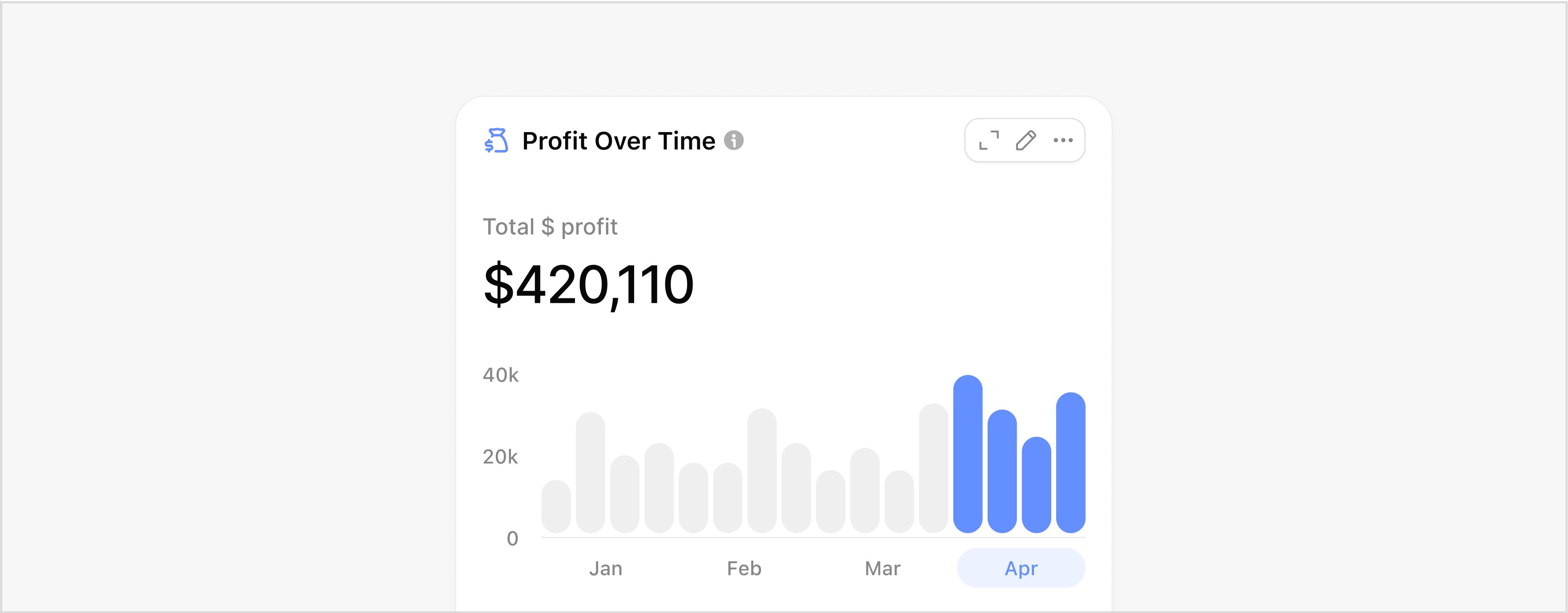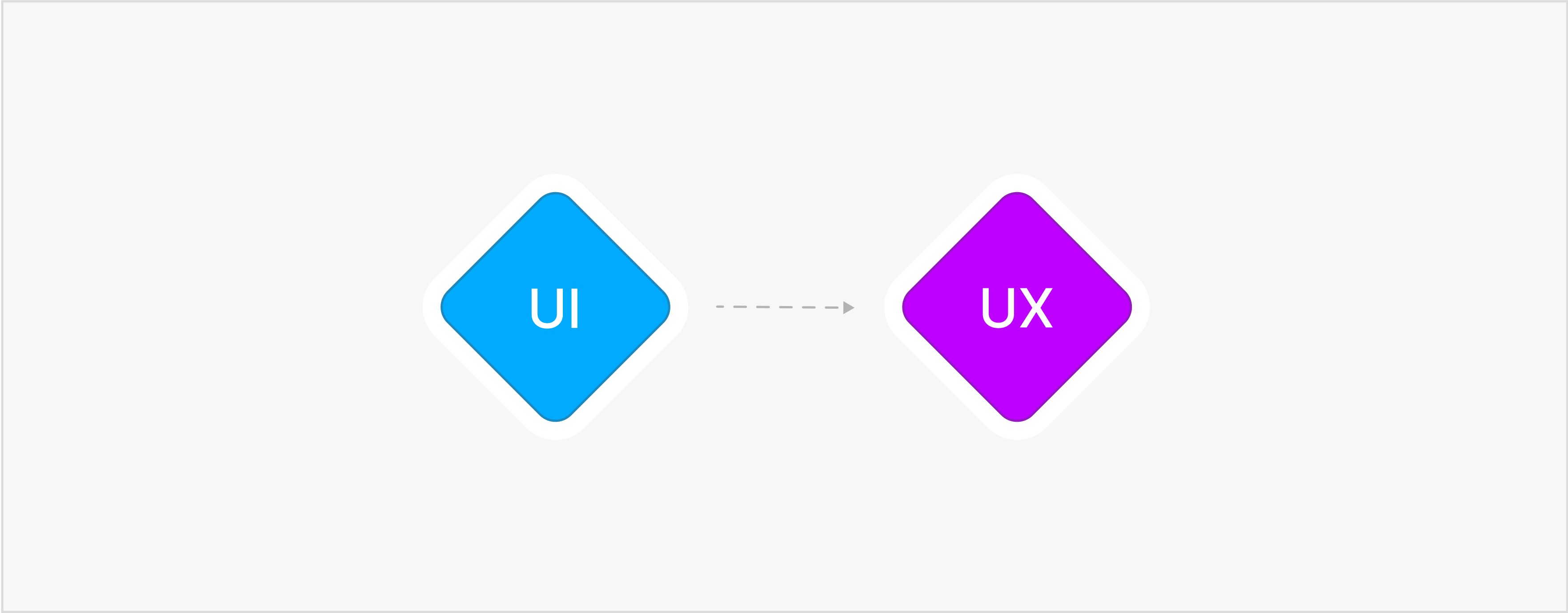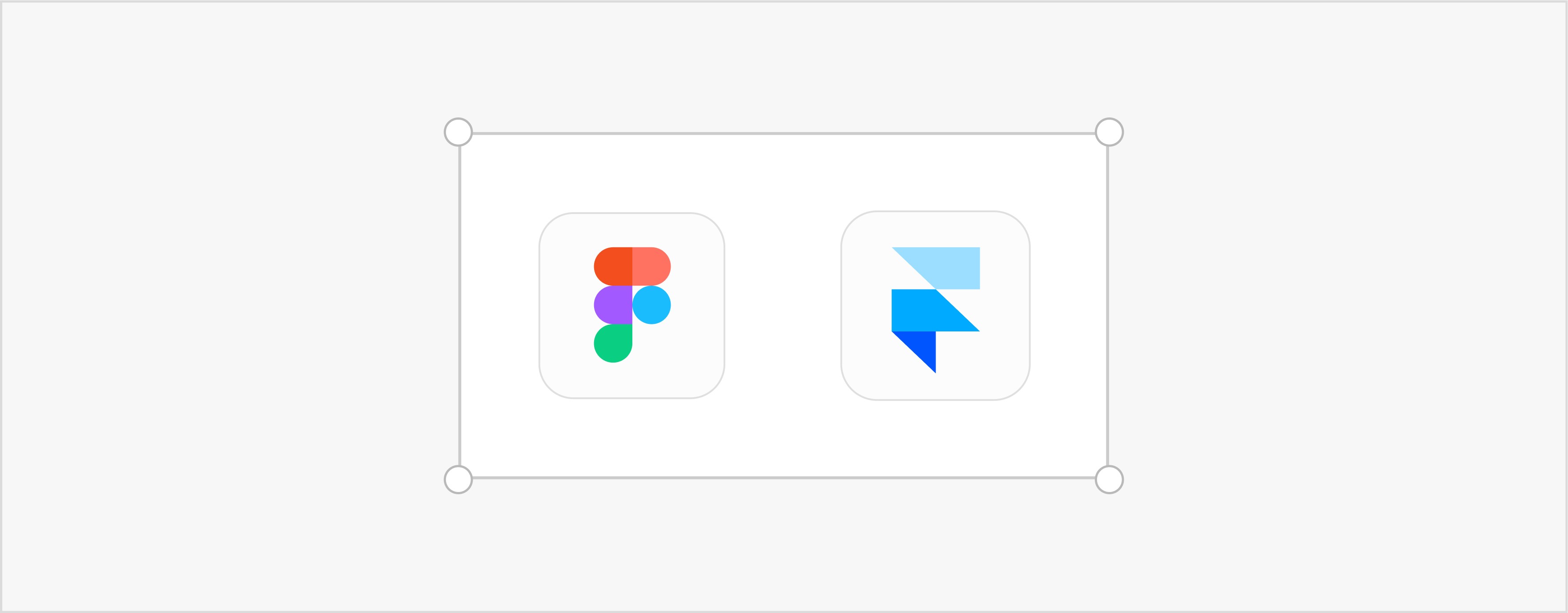How to design Landing Pages that convert better.
Jul 28, 2024
5 minutes
A well-designed landing page isn’t just about aesthetics; it’s about creating a seamless user experience that drives visitors to take action. The most effective landing pages are those that are carefully crafted with both design principles and conversion strategies in mind. To start, you need to have a deep understanding of your target audience. What are their pain points? What solution are they looking for? Your landing page should speak directly to their needs, addressing their concerns from the headline down to the call-to-action (CTA).
The headline is arguably the most critical element. It’s the first thing visitors see and determines whether they’ll stay or leave. A compelling headline should be clear, benefit-driven, and aligned with what your audience is looking for. Once you’ve captured their attention, the next challenge is guiding them through the content in a way that’s both logical and engaging. Visual hierarchy is key here. By strategically using contrast, white space, and clear sections, you can direct the visitor’s attention to the most important elements—like your value proposition and CTA.
Social proof plays a significant role in building trust. Testimonials, case studies, and reviews help alleviate any doubts visitors may have, making them more likely to convert. Finally, the design should always be optimized for performance. Regularly A/B testing different elements—from headlines to CTAs to imagery—can provide valuable insights into what works best for your audience. In the end, a high-converting landing page is one that balances aesthetics with strategic design, providing users with a seamless path from curiosity to conversion.
You may also like:
See all


